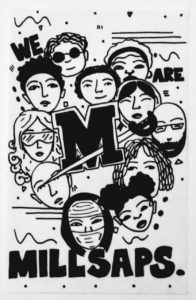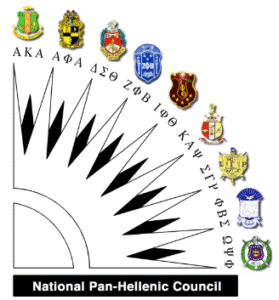Conversations like the Talking Truth: The Path To Healing discussion held on the National Day of Healing—January 19th, 2021—are productive and important to how we shape our present community into a racially unified community.
“Racism is an invasive disease.”
Two panelists in the discussion, Natalie Collier, Founder of the Lighthouse: Black Girl Projects and Reverend Rob Lowry, Head Pastor at Fondren Presbyterian Church, refer to racism as a disease. Rev. Lowry states, “racism infiltrates systems like a cancer that shapes how we think, live, work, worship, and see one another and often we don’t even know it is there.” Natalie Collier took the comparison between cancer and racism further by referencing the healing process: “To heal you gotta do a whole lot of work, and you gotta go through a whole lot of pain, and I don’t think people want to do that.”
Collier went on, “This country doesn’t want to do that.”
How do we combat something as invasive as racism—a cancerous disease, an abnormal human behavior, that destroys our entire way of life? There’s no simple way to heal from cancer, and neither is there a simple way to heal from racism. Healing from the wreckage of racism takes time, and most importantly, it takes effort. Effort that includes patience, stamina, and hope. These three concepts wrapped in resiliency are what make a racially unified community not a dream, but a reality.
So, how do we heal our country? How can we create a racially unified community?
If your answer to one or both questions is: I don’t know, or, Good question, here’s how you can start the process—have the conversation. These hard conversations don’t have to start with “You’re racist, and here’s why…” Start at the heart of the people involved. Do you want to create better relationships with people who don’t look like you? Do you want to live a more diverse life because of the people, cultures, and experiences you get to know and learn?
If we’re being honest with ourselves, it’s much more comfortable to stay ignorant of various people groups. We like the routine of being around people of our same race, culture, and experiences. Taking time out of our day to form relationships with people outside of our bubbles is a challenge, but a necessary one. Uncomfortable discussions are imperative to the process of racial healing. Just like how communication helps relationships last, these racial healing conversations are integral in building a racially unified community. We need to step out of our comfort zones in order to see the change we wish to see.
So, ask yourself: How do I heal my community? How do I heal my country? How can I make the racially unified community a reality?
These questions are not supposed to be easy to solve, but we must push forward—even if the outcome we seek doesn’t come in our lifetimes. Reverend Rob Lowry and Natalie Collier both know that racial healing doesn’t take place in a single day. Yet, we must push forward to make any progress. So, I say, let’s start with one conversation at a time.




I recommend the book, Racial Sobriety: A Journey from Hurts to Healing by Clarence Earl Williams. It uses recovery steps to identify how racism exists in our lives and work through the process of healing. Very relevant to the comparison of racism to a disease.